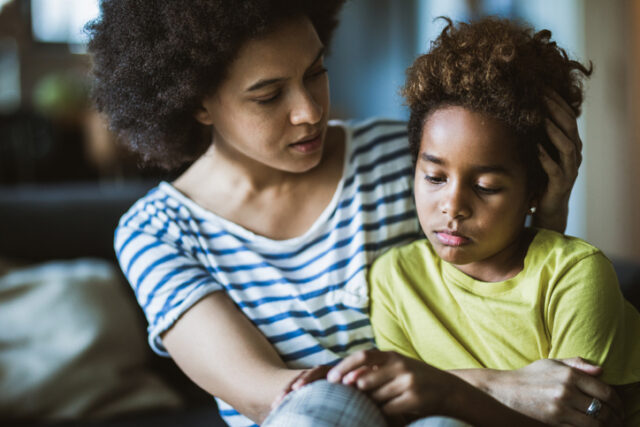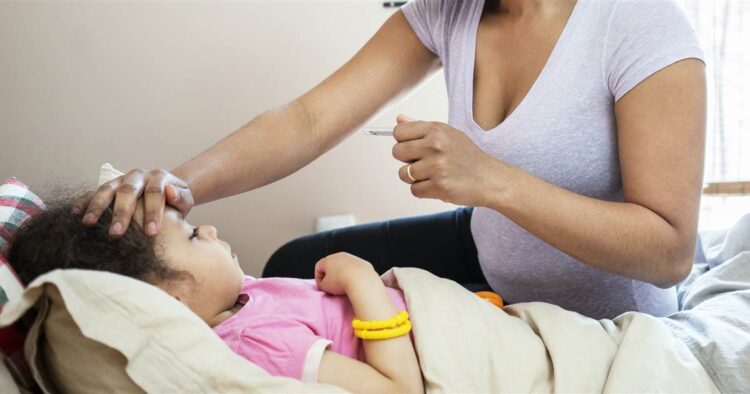Coronavirus numbers for children have reached a pretty sobering benchmark in the United States. According to the American Academy of Pediatrics and the Children’s Hospital Association, half a million children have been diagnosed with the deadly virus.

“These numbers are a chilling reminder of why we need to take this virus seriously,” American Academy of Pediatrics President Dr. Sally Goza said in a recent press release. “While much remains unknown about COVID-19, we do know that the spread among children reflects what is happening in the broader communities.”
70,630 new pediatric cases were reported between August 20-September 3, this is a 16% increase of new infections.

“A disproportionate number of cases are reported in Black and Hispanic children and in places where there is high poverty. We must work harder to address societal inequities that contribute to these disparities,” Goza continued.
According to the experts, children make up ten percent of all COVID-19 cases that are reported in the United States, which is likely an underreported number due to the inconsistencies of state data reporting.
“This rapid rise in positive cases occurred over the summer, and as the weather cools, we know people will spend more time indoors,” Dr. Sean O’Leary, the vice chair of the AAP Committee on Infectious Diseases, commented in the release. “Now we are heading into flu season. We must take this seriously and implement the public health measures we know can help. That includes wearing masks, avoiding large crowds, and maintaining social distance. In addition, it will be really important for everyone to get an influenza vaccine this year. These measures will help protect everyone, including children.”

As we approach flu season, parents should keep in mind that both viruses cause similar symptoms: fever, aches, diarrhea, and vomiting. It is highly recommended that children over the age of six months old, get a flu shot this year.
Here are a few tips from the CDC to help keep children healthy during the pandemic:
- Watch for signs of COVID-19.
- Teach and reinforce preventative measures such as proper hand washing.
- Help your child stay active.
- Help them stay socially distant, but connected.
- Watch for signs of stress.
- Make sure children feel supported.







